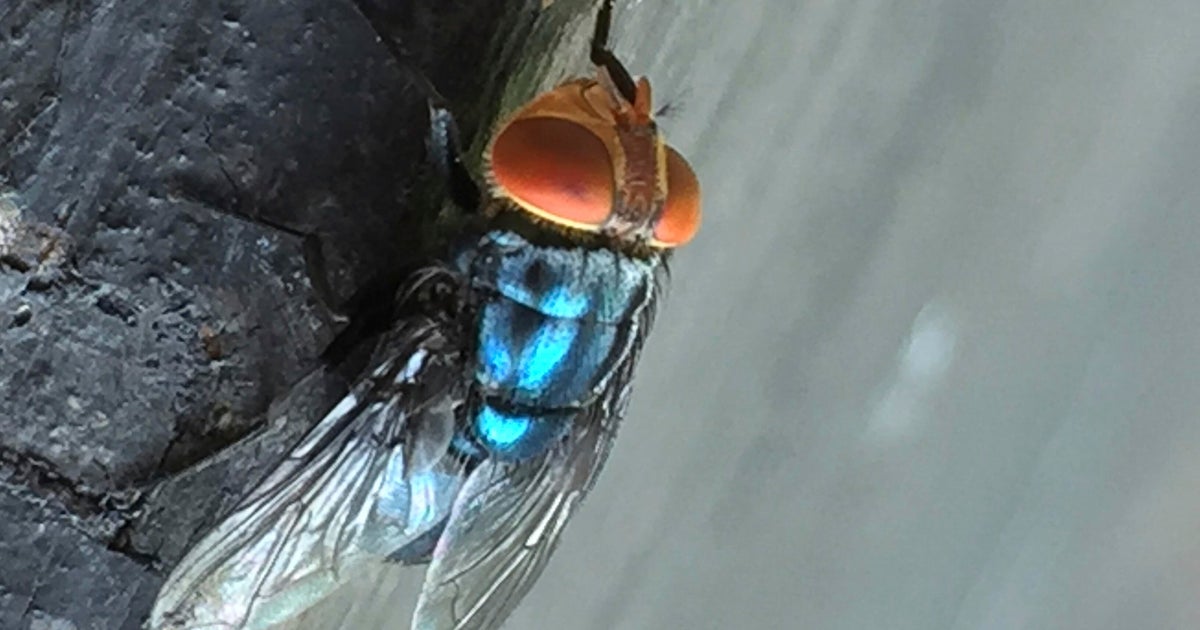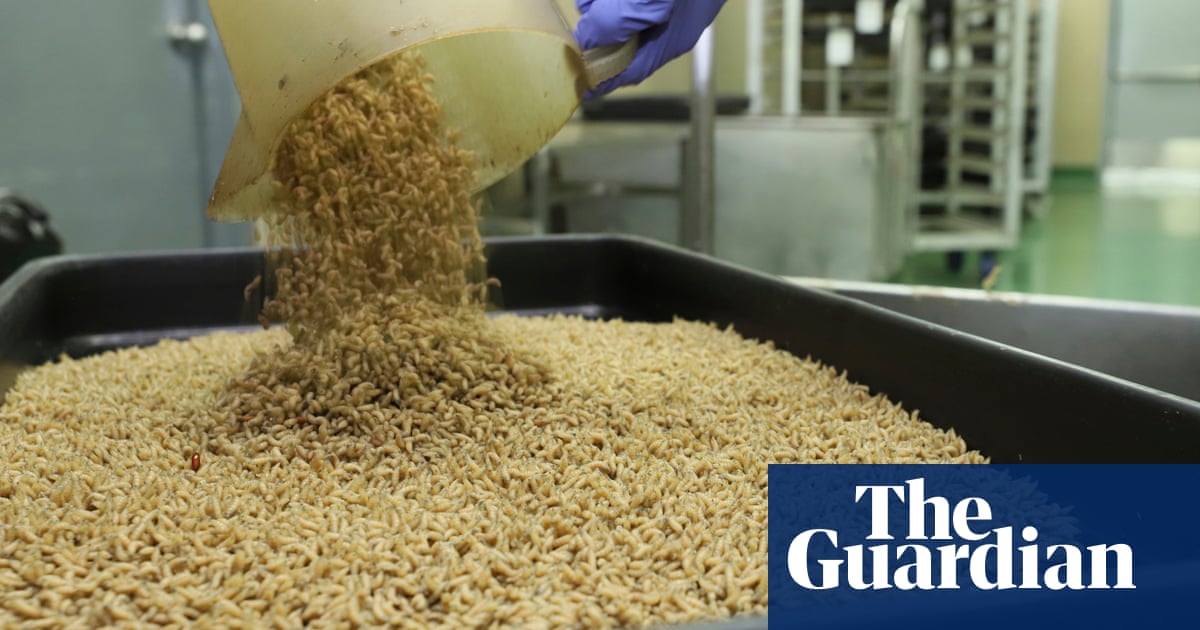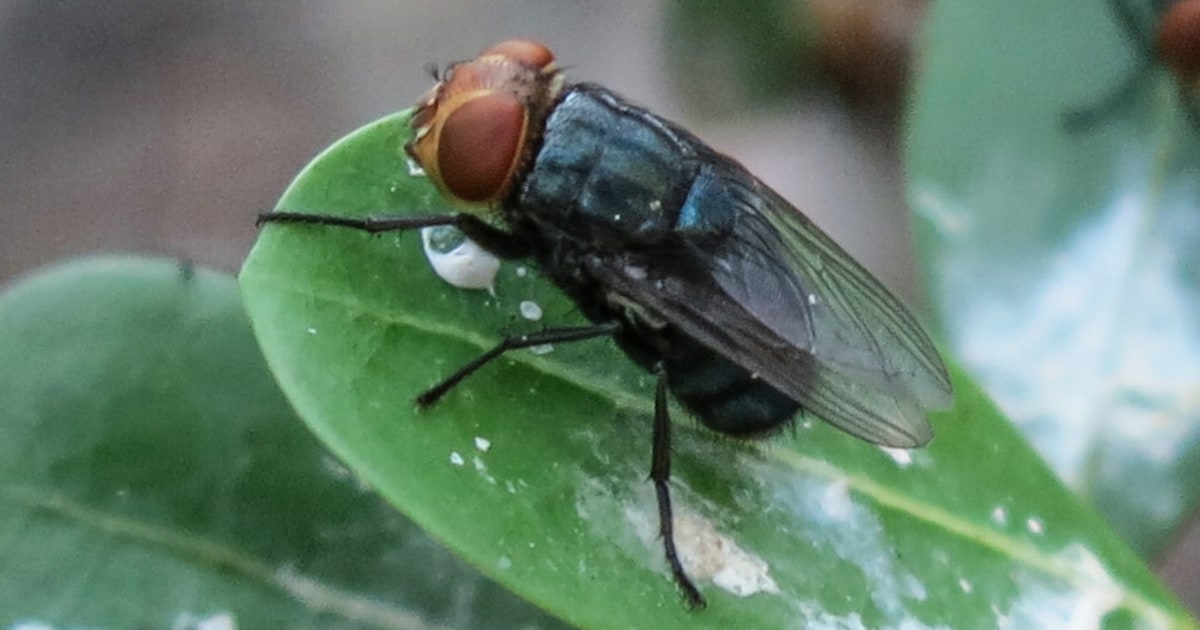USDA Launches Initiative to Combat Screwworm Infestation Threatening Beef Industry
The USDA is breeding billions of sterile flies to combat a flesh-eating maggot threatening the beef industry in Mexico and southern Texas, with plans for new facilities by 2026.
Overview
- The USDA is addressing a flesh-eating maggot threat to the beef industry by breeding billions of sterile flies.
- New facilities for breeding flies will be operational in southern Mexico by July 2026.
- The initiative involves dumping sterilized adult male flies from airplanes over affected areas.
- An $8.5 million fly distribution center is planned for southern Texas, alongside a $21 million facility in Mexico.
- The USDA aims to control the New World Screwworm fly population to protect livestock health and the beef industry.
Content generated by AI—learn more or report issue.

Get both sides in 5 minutes with our daily newsletter.
Analysis
Center-leaning sources frame the U.S. government's initiative to combat a pest as a significant agricultural effort, emphasizing scientific methods and economic implications. They exhibit a cautious optimism, highlighting the potential benefits while subtly questioning the unconventional approach of releasing billions of flies, reflecting a blend of concern and pragmatism.
Articles (4)
Center (2)
FAQ
The New World Screwworm (NWS) is a flesh-eating maggot that causes severe and often deadly damage to livestock, wildlife, pets, and occasionally humans. Its infestation threatens livestock health and the beef industry by damaging animals and potentially spreading disease.
The USDA is breeding billions of sterile flies and dispersing sterilized adult male flies from airplanes over affected regions. This technique prevents the reproduction of screwworms, thereby controlling their population. New facilities for breeding sterile flies are set to be operational in southern Mexico by July 2026, along with a new $8.5 million fly distribution center in southern Texas and a $21 million facility in Mexico.
The USDA has experienced challenges such as restrictions by Mexican aviation authorities on aircraft used for sterile fly release and import duties on sterile fly shipments. Additionally, the U.S. suspended live cattle, horse, and bison imports from Mexico multiple times due to concerns over containment, which Mexico has criticized as unfair. These complexities impact eradication efforts and cross-border cooperation.
The infestation and subsequent import suspensions of Mexican cattle and bison could constrain supply, as Mexico accounts for over 60% of imported cattle to the U.S., approximately 1.25 million head annually. Reduced imports may further tighten the U.S. cattle supply, which is already at its lowest level since 1951, potentially causing higher beef prices for U.S. consumers.
New sterile fly breeding facilities are expected to be operational in southern Mexico by July 2026. These facilities, including an $8.5 million fly distribution center in southern Texas and a $21 million facility in Mexico, aim to enhance the scale and efficiency of sterile fly releases to control the screwworm population and protect the livestock industry.
History
- This story does not have any previous versions.



